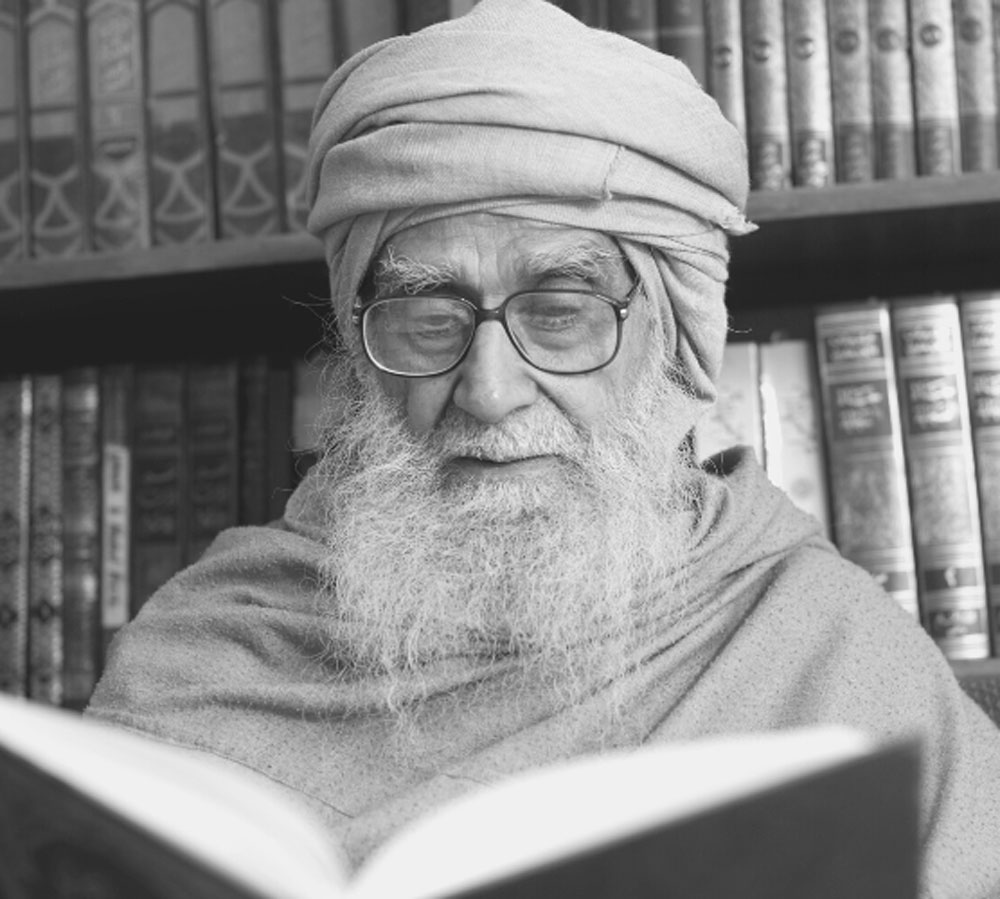One of the consequences of the intellectual revolution based on monotheism was that man began to look at nature as a powerless creature, and that man had the right to investigate it and bring it to his service. The beginning of this tendency came from the Umayyad period (661-750) in Damascus. To ancient Greek philosophers alchemy was the name of a craze to turn silver into gold. KhaIid bin Yazid bin Muawiya is probably the first person who attempted to develop alchemy into physical science. During Abbasid Caliphate this science was further developed in Baghdad and it reached Spain and Sicily. In this age Muslims were ahead of all nations of the world in academic and cultural progress. This period of history is called by European historians as Dark Ages. But it was dark only to Europe not for the Muslim world. The editor of the World Encyclopaedia writes under the heading "The Dark Ages": "The term 'dark ages' cannot be applied to the splendid Arab culture which spread over north Africa and into Spain" (p. 30). How it was that polytheism was an obstacle to scientific investiga-tion. Here is an example to illustrate this point: In ancient Greek two theories were forwarded regarding sun's revolution, one being the theory of Aristarcus which postulated the earth revolving around the sun. The other was Ptolemy's concept according to which sun revolved around the earth. According to the former concept the earth appeared as round and according to the latter the earth was flat. After the conversion of Constantine (272-337 AD) when Christians came to dominate Europe, they patronized the Ptolemy theory and forcibly suppressed the other concept. The reason being their supposition that Jesus Christ was God and as to this belief the earth had the sanctity of being the birthplace of God. And how the birthplace of God could be satellite. This concept of the sacredness of the earth came in the way of progress in works of investigation and inquiry into nature. Detailed ex-amples of clash between science and polytheistic religion can be seen in Drapier's (1811-1882) book, Conflict Between Science and Religion. During the Abbasid Caliph, Al-Mamun (786-833) Bait al-Hikmah, House of Wisdom was established and with the special patronage of the government, books dealing with both kinds of theories regarding the earth, were translated. Muslims, free of doctrinal complexities, found the former concept (of earth revolving around the sun) closer to reality, Caliph Al-Mamun, who himself was a great scholar, understood the im-portance of this problem. He gave orders to his astronomers to measure the length of a terrestrial degree. Philip K. Hitti writes in his The History of Arabs: The object was to determine the size of the earth and its cir-cumference on the assumption that the earth was round. The measurement carried out on the plain of Sinjar north of the Euphrates and also near Palmyra, yielded 56 2/3 Arabic miles as the length of a degree of the meridian-a remarkably accurate result, exceeding the real length of the degree at that place by about 2877 feet. This would make the circumference of the earth 20,400 miles and its diameter 6500. Among those who took part in this operation were the sons of Musa ibn-Shakir and perhaps al-Khwarizmi, whose tables (zij), revised a century and a half later by the Spanish astronomer Maslamah al-Majriti (× ca. 1007) and translated into Latin in 1126 by Adelard of Bath, became the bases for other works both in the East and the West. Such Arab astronomical tables replaced all their Greek and Indian predecessors and came to be used even in China (p. 375).[Highlight1]








